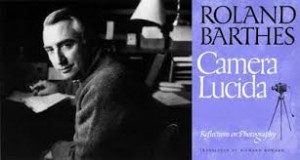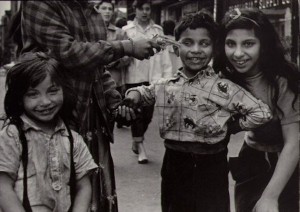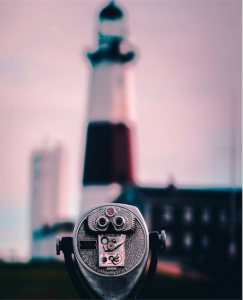Hi Class,
Essay 2 is about taking photos, reading them, and writing about them.
Here are two more questions will help us as we move toward Essay 2:
1. What is the history of photography?
http://en.wikipedia.org/wiki/Photography
2. Why do we take, keep, share, and discard photographs?
The French sociologist and critic Roland Barthes wrote about photography, and he came up with two useful terms for studying photographs.
1. Studium: The studium of a photograph is the public and historical background of a photo. The studium is the photo’s context and its general understanding which includes the precise time and place and weather. The studium of a photo must be visible, and it is the cultural reading of people (their faces and clothing), gestures, buildings, trees, and actions within a photo.
2. Punctum: The punctum of a photograph is highly individual, not public. The punctum pierces the viewer in a particular, private way. The punctum, which must be visible, pierces the viewer like a arrow, raising certain individual memories and consciousnesses to the surface. The punctum bruises me but not you. The punctum is about loving, while the studium is about liking.
*These definitions are from Barthes’ Camera Lucida (New York: Hill and Wang, 1981)

Barthes’ example of punctum:

Little Italy. New York, 1954. Photo by William Klein
“What I stubbornly see are one boy’s bad teeth…”









